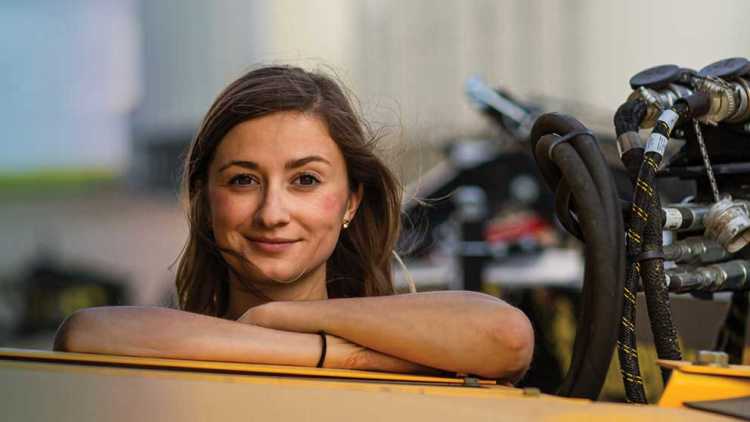Help young people plan well now to afford the farm later

According to farm financial experts, addressing questions around farm purchase involves creativity in saving, investment and loan management strategies.
Focus on segments, not the whole
Purchasing the farm is less daunting when done in increments, says BDO Canada’s Coralee Foster. An accountant and partner based in south western Ontario, she believes smaller transactions – with or without a loan – let the incoming generation slowly invest in farm assets while letting the outgoing generation feel more comfortable.
“Maybe they’re in a position to buy the next piece of equipment … it might not be the whole parcel,” Foster says. An estate freeze (where the value and tax liability of appreciating assets is frozen, usually to transfer future growth to someone else) is one option, she adds. It’s designed to retire equity over time.
Colin Sabourin, Farm Retirement & Transition Planning Specialist with Winnipeg's Harbourfront Wealth Management, agrees. “Any future growth goes to you. Otherwise it’s just a matter of paying as slowly or as fast as you want.”
Debt strategies
The most significant asset many farmers possess for repaying debt is their time.
Sabourin says debt is almost always a reality for those buying a farm. He says the most significant asset many farmers possess for repaying debt is their time, which itself can be leveraged.
“You can borrow from Mom and Dad… and work that loan off by putting in hours on the farm,” he says.
Foster says it’s common for the outgoing generation to provide some financing, which can bring tax advantages if repayment is spread out.
You may need to do more than just service debt, Foster adds. “Leave room for a poor crop year, or a piece of equipment that needs to be replaced unexpectedly. Find the balance.”
TFSA is never a bad idea
If you do have money to invest, Sabourin says a tax-free savings account (TFSA) is “a no-brainer.” Assets in a TFSA can include other forms of investment than a savings account – like stocks and mutual funds – for more aggressive saving strategies.
“If you’re saving … you should be doing it through a TFSA,” Sabourin says. He generally recommends people saving for land make additional investments elsewhere. “Keep your investments inside your TFSA conservative if you’re planning on purchasing something in less than five years. If it’s longer than five years, it’s okay to be a little more aggressive,” he says.
According to Foster, producers with off-farm investments are in a more flexible position when it comes to transition.
Know the numbers – and expectations
Both Foster and Sabourin reiterate it’s crucial to know the financial situation of the farm. The outgoing generation needs to be transparent, while the incoming generation needs to make efforts to review the information.
“Being clear on everybody’s expectations up front, I think, is the most important thing,” Foster says.
From an AgriSuccess article by Matt McIntosh.

Values, vision and goals are three things that build powerful teams and successful farm transition plans.
